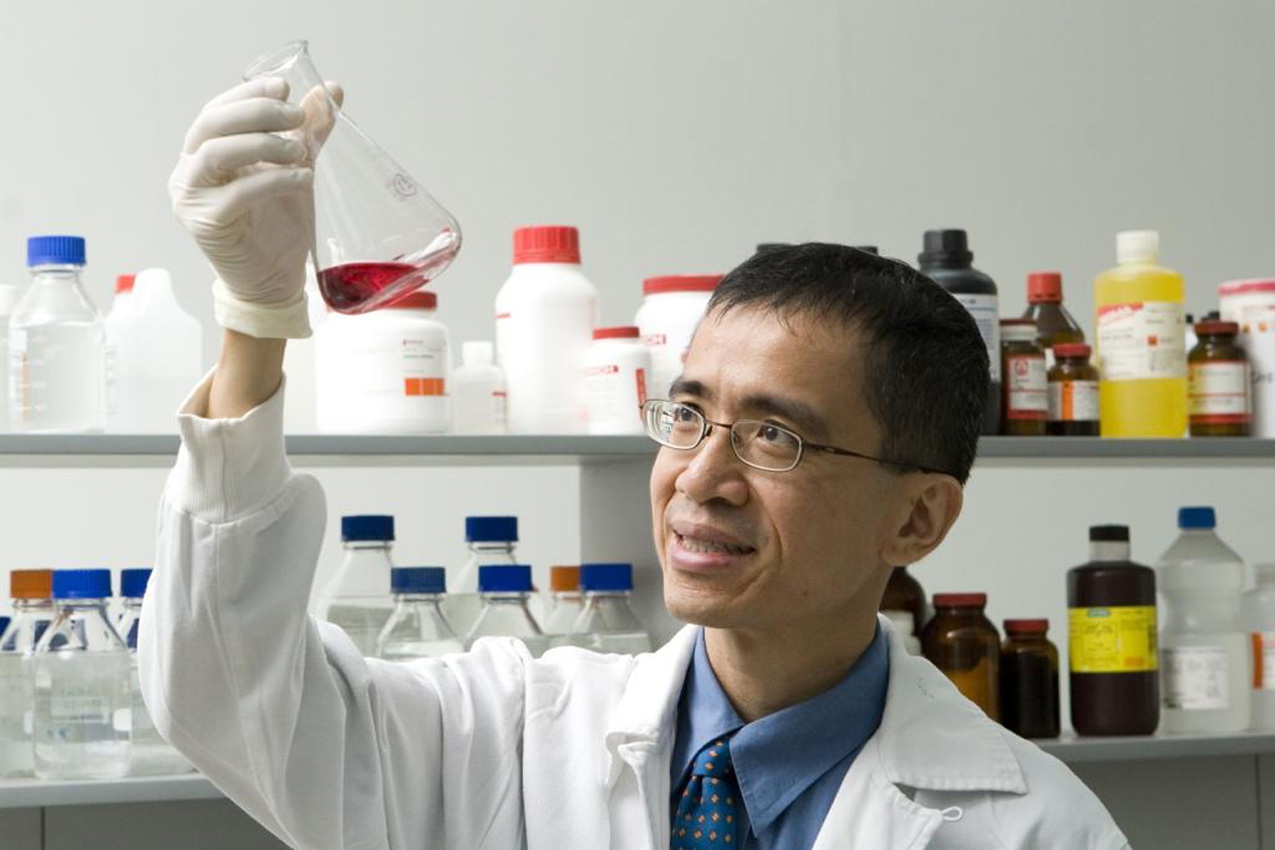Singaporean scientists have taken a big leap forward in studying the human brain by growing “mini- brains” for research.
Measuring about 2mm to 3mm long, they are no bigger than a grain of rice and it is hoped they will be able to help researchers develop treatments for, and conduct studies into, Parkinson’s disease and other ageing-related brain diseases.
They are composed of a mass of tissues that have been grown in a laboratory and are a much simpler version of the human midbrain.
The tissue contains functionally active neurons, its cells can divide, cluster together in layers, and become electrically and chemically active in a three-dimensional environment – like the human brain.
While other researchers have successfully grown other parts of the brain, this research is a world first in creating midbrain tissue.
Importantly, the local team’s midbrain tissue created neuromelanin, a pigment found in the human midbrain. It has been associated with protecting cells from dying, and is diminished in the brains of patients with Parkinson’s disease.
The midbrain is termed the information superhighway of the human body, and controls a person’s hearing, vision and body movements. Problems with the midbrain are often linked to disorders such as Parkinson’s.
Prior to this discovery, researchers studying Parkinson’s often relied on simulations or studies on animals. Studies on the mini-brains can be conducted in the laboratory on cells that mimic the functions of the section of the brain that is affected by the disease.
‘Game-changer for drug research’
Said Professor Tan Eng King, research director and senior consultant at the Department of Neurology at the National Neuroscience Institute (NNI): “Chronic brain diseases pose considerable challenges to doctors and patients. This achievement by our Singapore team represents an initial but momentous scientific landmark.”
Parkinson’s is a gradually progressive neuro-degenerative disorder which affects a person’s control of movement, including speech. According to the Health Ministry, three in every 1,000 Singaporeans aged over 50 are afflicted by the disease.
Prof Ng Huck Hui, executive director of A*Star’s Genome Institute of Singapore (GIS), who led the effort, said: “Considering that one of the biggest challenges we face in Parkinson’s… research is the lack of accessibility to the human brain, we have achieved a significant step.”
Another project leader, Assistant Professor Shawn Je from Duke-NUS Medical School, said: “Now we can really test how these mini-brains react to existing or newly developed drugs before treating patients – which will be a game changer for drug development.”
Associate Professor Wang Hongyan, interim director of the Neuroscience and Behavioural Disorders Programme at Duke-NUS, who was not involved in the research, said “the midbrain organoid will… bring our findings from basic research much closer to the bedside”.
The research was done by GIS, Duke-NUS and NNI with the Lieber Institute for Brain Development, the Johns Hopkins University School of Medicine in the United States and Nanyang Technological University. The findings have been published in the prestigious scientific journal Cell Stem Cell.

This article was first published on July 30, 2016.
Get a copy of The Straits Times or go to straitstimes.com for more stories.






